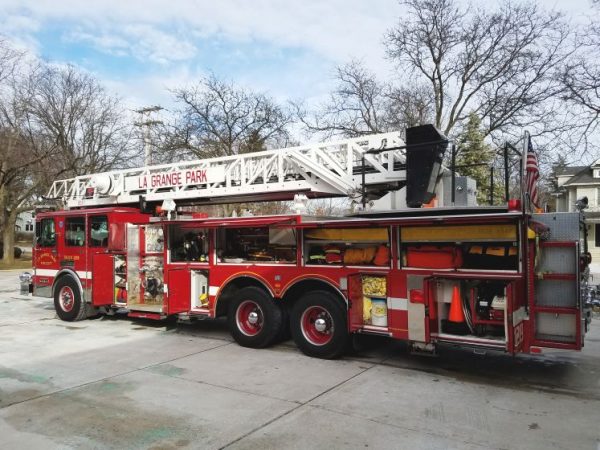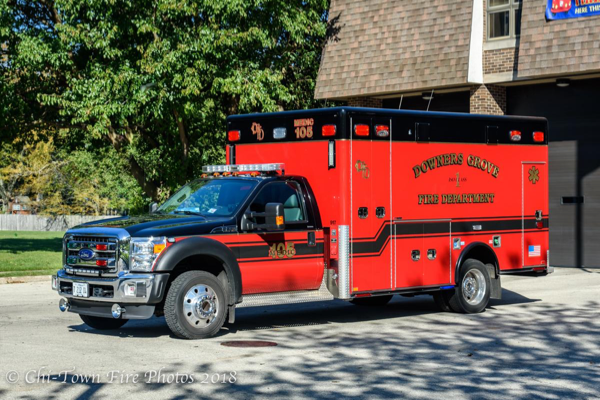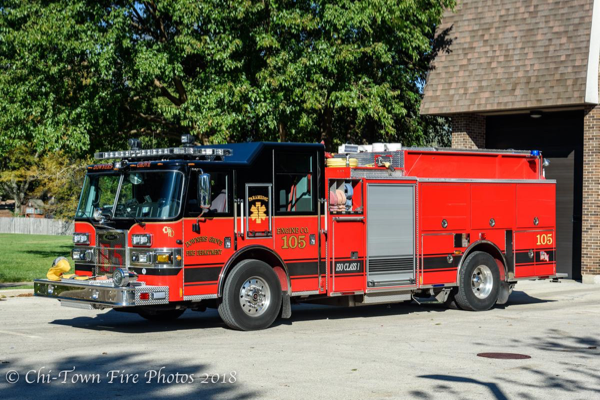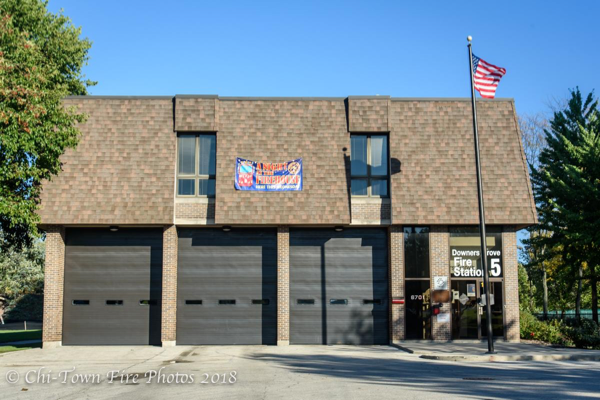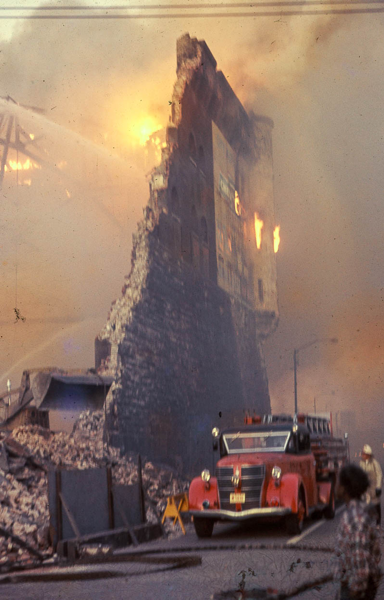Excerpts from the evanstonroundtable.com:
In his proposed 2019 City budget, City Manager Wally Bobkiewicz would close Fire Station 4, 1817 Washington St. Not only is this station Evanston’s smallest station, it is the only one serving the southwest side of the city. Closing the station would entail laying off one firefighter/paramedic and re-assigning the other firefighters/paramedics to other stations.
He said in a press briefing on Oct. 4 he felt closing the station was justified because it is the smallest one and other fire stations could cover the calls and since there is no ambulance at that station, the overall impact of the service cuts would be less than if another station were closed.
The fire chief and the firefighters union, Local 742, apparently could not disagree more. Closing a fire station would increase response times, thereby increasing both the risk of injury and death to victims and firefighters and the likelihood of property damage.
Fire Chief Brian Scott said he holds the safety of the community as his highest priority and although he understands the need for a rigorous review of all city departments in a budgetary squeeze, he is opposed to cutting any safety services to Evanston residents.
Closing Station 4 would increase the response times not only to the homes and businesses in southwest Evanston by more than 50% but would also generally increase times to structures in other parts of the city, if a call came to a station where the units were deployed elsewhere.
There are five fire stations in Evanston’s eight square miles: two on Central Street, one on Emerson Street, one on Madison Street and one on Washington Street. All five stations are equipped with an engine company; two also have truck companies, and two have ambulances. All units are equipped with advanced life-safety equipment and the firefighters are also trained paramedics.
As the busiest fire department on the North Shore, the Evanston handles more than 10,000 calls each year – about 45% of which are concurrent with other calls. Judging by the past few years, Chief Scott expects that number will increase by about 2% each year.
Effective Oct. 1, the Evanston Fire Department has a Class 1 rating from the Insurance Services Office, Inc. (ISO) for fire protection services. The ranking puts Evanston in the top 1% of the more than 47,000 fire departments across the nation ISO has evaluated.
Evanston’s mix of single-family homes, commercial structures and high-rises pose a mix of hazards, according to NFPA 1710 – low for single-family homes, medium for commercial structures and high for high-rises. The minimum daily staffing for low-hazard structures is 15, 28 for medium-hazards, and 43 for high-hazard.
The average response time for the Evanston Fire Department is three minutes, 15 seconds – 45 critical seconds below the four-minute response time of the NFPA 1710.
Response time is critical in both fire and life-safety emergencies. Many home and commercial furnishings are petro-chemically based, so they are more combustible and burn hotter than flammable materials in the past. At a certain point – generally in eight to 10 minutes – a fire will flashover. It is vital that firefighters apply water before flashover to save lives and minimize property damage.
Because all Evanston fire trucks are equipped with advanced life-safety equipment and cross-trained paramedics, the fact that there is no ambulance at Fire Station 4 does not necessarily mean that residents and businesses in the area are short-changed in medical emergencies. Dispatched to a 911 EMS call, firefighters can begin life-saving procedures while an ambulance is on its way.
Although Southwest Evanston is near both the Chicago and Skokie borders, it is not reasonable to rely on firefighters in either of those communities to respond immediately to an emergency in Evanston. Fire companies in neighboring communities can help in a multi-alarm fire, but each department is responsible first to the residents of its own community.
Firefighters and the chief are holding firm against the closing of Fire Station 4. Many residents here are similarly opposed to closing the station and cutting services.

